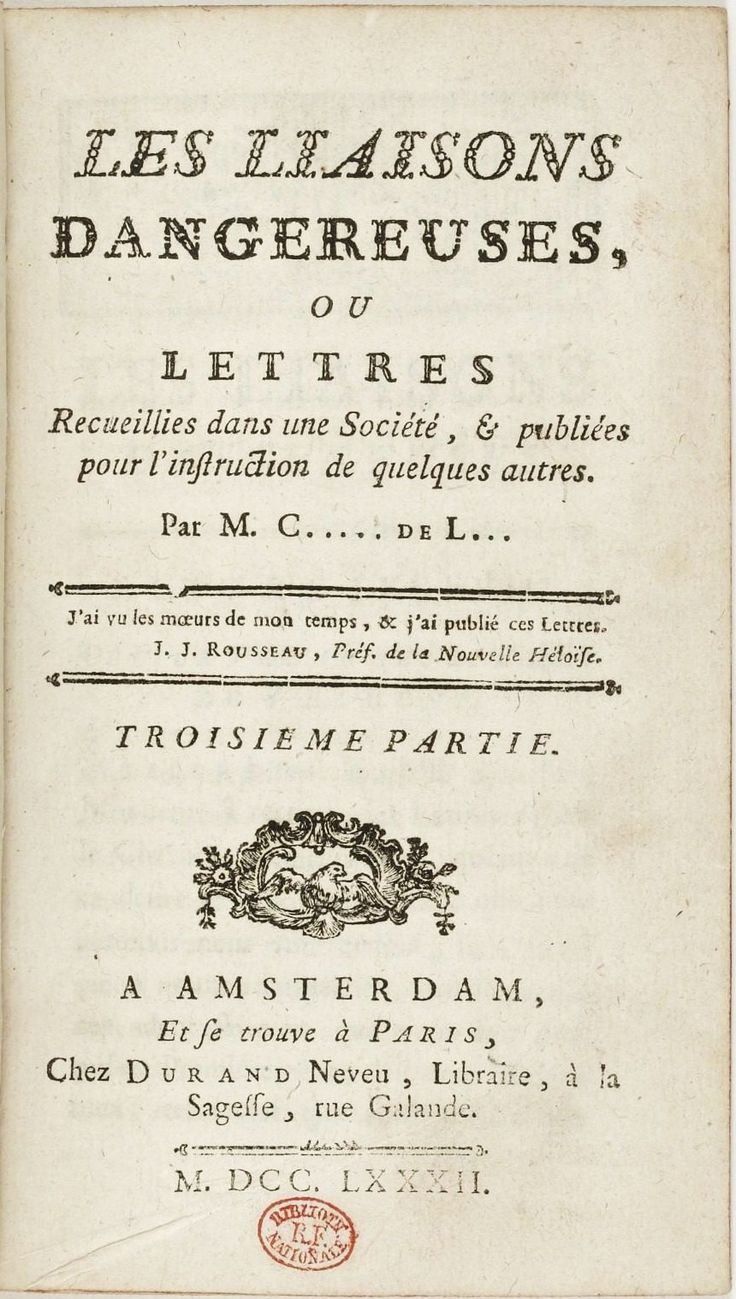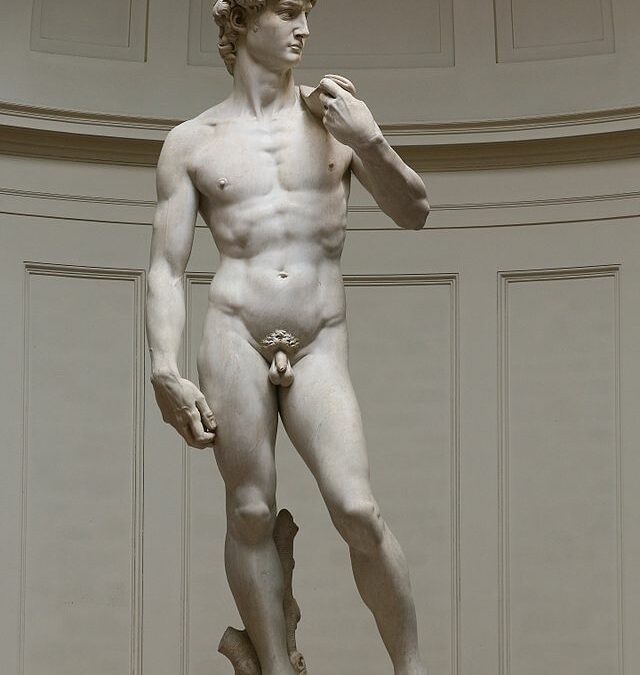
Illustration to Les Liaisons Dangereuses by Georges Barbier
A little while ago I saw the Tricycle Cinema’s live broadcast of the Donmar Warehouse’s production of Christopher Hampton’s 1985 play Les liaisons dangereuses (11.12.15-13.2.16, directed by Josie Rourke, starring Janet McTeer and Dominic West).
It was strange to feel so close to the actors through the on-stage cameras and their zoom lenses, whilst sitting in an auditorium bigger than that of the Donmar Warehouse, looking at a screen bigger than its stage. But it was the intimacy that dominated, as intensified by the set – sepia-brown, and as relentlessly-interior and windowless as a casino. Or a theatre. Or a cinema.
That is one reason why Hampton’s stage adaptation of Laclos’s 1782 epistolary novel works so well. The novel’s letters are not only generally written indoors, but are rhetorical and perspectival. Most are written with an emphasis on what Roman Jakobson called their conative function (in order to produce a certain effect in the recipient), as opposed to their expressive function (to communicate the writer’s feelings), their poetic function (to be art), their phatic function (to make contact for contact’s sake), or their referential function (to inform). The reader has to make her or his inferences without the help of a narrator, as is also the case in a play.
This play’s internal setting allows for the characters to be seen against the sets which they themselves have constructed against which to play their lives’ parts. By contrast, the strong presence of nature in the 1989 Milos Forman film of the novel, Valmont, gives the whole a far healthier, less claustrophobic atmosphere than either the novel or the play. Seeing the theatre in a cinema, by contrast, was one further step away from nature. When the set was eventually deconstructed as an index of the decline of the play’s biggest constructors, Merteuil and Valmont, no nature was visible beyond.
Theatre (as opposed to the novel or film) also does well at presenting sexual tension. A kiss on stage, unlike a blow, is not faked, and sends a charge through the audience accordingly. Seeing a live performance on screen retains some this charge, but simultaneously transmutes it into the eternal (the film could subsequently be replayed), and gives it an odd sense of the predestined (since that is our expectation of film). As Laclos and Hampton have determined, so it will be.
I was not greatly taken by Janet McTeer as Merteuil who, like Glenn Close in the 1988 film of the play Dangerous Liaisons, and unlike Annette Bening in Valmont, played the part as significantly older than the Merteuil of the novel, who might well be in her twenties. It makes a serious difference to the feminism or otherwise of an interpretation how far Merteuil is presented as herself a victim, which may in part correlate to her youth.
Differently wrong was Dominic West, who was simply too nice. He played the part not with the demonic amusement of Valmont, or of John Malkovich in the 1988 film, but with the genial amusement of a British actor who finds the whole exercise rather good fun – and amusement can easily be the enemy of lust. He wasn’t driven, conflicted, pained by his love for Madame de Tourvel, or particularly dangerous. I was perhaps also influenced by the audience, which found the whole thing very amusing, and helped to further tame the play and to make it English. The ending, which might have been sinister (in a plot change from previous versions, Merteuil survives ‘to continue with the game’) simply isn’t, and removes what edge of a morality play might otherwise have been there.
Of course, Englishing Laclos’ novel was always going to be an odd exercise – pace the fact that an emphasis can be made, as it was in this production, on the first syllable of the word ‘country’.
The English, when gearing up to their Victorian efflorescence of sexual prudery, and thirty-four years before the French produced Les Liaisons Dangereuses, produced Clarissa – the Donmar production of the Hampton play had a copy of the novel on stage. The latter’s protagonist Valmont subverts this novel’s spirit, writing to Merteuil that ‘La difficulté ne serait pas de m’introduire chez elle, même la nuit, même encore de l’endormiret d’en faire une nouvelle Clarisse.’
How far this novel is, too, from Die Leiden des jungen Werthers, of just eight years before it! Neither it nor Clarissa has travelled well into the spiritual climate of the present, and it is easy to imaginatively tweak either into self-parody. One imagines that Werther, for example, might acquire some of Valmont’s spirit during his sejourn in Weimar, and decide to return to Wahlheim and put his all into seducing Charlotte.
It is significant that it was in the nineteen-eighties that the craze for Liaisons Dangereuses took off in the English-speaking world. It was, certainly, a decade in which sexual hedonism was applauded and accepted in a new, more gender-equal and monetised way. If the sexual revolution of the nineteen-sixties was anti-capitalist, in the nineteen-eighties capitalism and sexuality kissed. Both film versions that I have mentioned, as well as the 1999 Cruel Intentions (also based on Liaisons Dangereuses), are American and involve many American actors. This allows a connection to be suggested – as it more pointedly is in Sofia Coppola’s 2006 film Marie Antoinette – between the excess of the super-rich in modern America, and in fin-de-dix-huitième-siècle France.
However, the recent production was not, I think, trying to make any kind of political point – pace Dominic West’s comment in an interview that the aristocrats of the play are ‘no more aware than the one percent nowadays’. Certainly, the Tricycle Cinema audience was not taking it that way. They laughed, and took the whole thing light-heartedly, in a manner that is neither American nor French. The levity was not that of cynicism, but of a refusal to take the cynicism represented seriously.
The one episode where one might expect the novel and the play to grate on post-1782 and post-1985 sensibility is Valmont’s seduction of the fifteen-year-old Cécile de Volanges. The loss of her virginity causes her only minor trauma, and she then promptly becomes a nymphomaniac, in a plot development (which is Laclos’, not Valmont’s responsibility) that is the ultimate fantasy justification of rape. Where were the anti-paedophile protesters who might have campaigned outside the Donmar Warehouse against the representation of such an action on stage?
But condemnation of paedophiles has two definite boundaries, I have discovered. One is citizenship. Fifteen-year old Estonians who have been trafficked to work as sex slaves in Soho’s brothels are not seen principally as children being forever raped by paedophiles – but as illegal migrants. The latter status is felt to trump, indeed negate, the former.
And the other is time. The past – they did things differently there. And in any case, we English take things lightly.

Janet McTeer and Dominic West as Merteuil and Valmont




